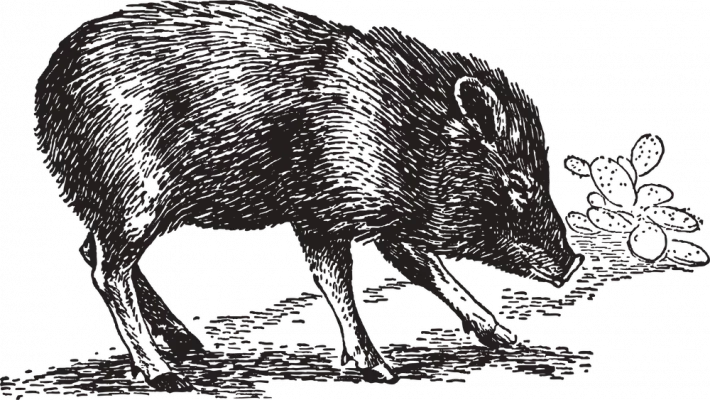Vetting the Surveyor

Vetting the Local Commodity Surveyor
You are a property owner, attorney, or developer needing a boundary retracement survey. You realize due diligence is needed when hiring a professional surveyor. Likewise, you want a surveyor who will perform to the required standard of care that will protect your private property interests. Most local surveyors are able to compute technical data, make drawings of evidence gathered, use complex technical instruments, and stake engineering projects. Unfortunately, only a few land surveyors are qualified to retrace real property and have a thorough understanding of the laws of boundaries and the laws of evidence, which will protect your current or future investment.
Regrettably, most surveyors are mere technicians disguised as professionals, skilled in the art of finding problems but not solving or offering equitable solutions. What is the value for a client to pay a premium for a professional’s opinion if you are simply shown a piece of paper – a survey map – littered with problems? The common solution for the local surveyor when faced with boundary line conflicts; send the client to a real professional, or an attorney, and have them draw up a quit-claim deed.
This is not what the courts instruct the surveyor to do, nor is this an equitable solution for the property owners. The AZ courts have defined numerous boundary location doctrines strictly for the boundary surveyor to locate title documents on the ground, especially when original monuments are extinct or obliterated. These doctrines exist as a matter of “public policy” to limit litigation, protect private property rights, maintain the status quo, and preserve the continuity of use lines (occupation), all while keeping peaceful harmony among the landowners. Unfortunately for the landowner, most local surveyors don’t know these legal doctrines exist nor how to implement them to solve boundary location problems.
Question #1
What are the boundary location doctrines and how are they applied? Hopefully, a local surveyor will be able to list at least 3 or 4 of the doctrines. Listed below are the location doctrines applied to boundary retracement. Each doctrine includes a hyperlinked article (pdf download), with a detailed explanation including the applicable case law. None of these doctrines involve your title but define how to locate your title documents on the ground. They answer the factual question of location only.
- Acquiescence or Mutual Recognition of a boundary line.
- Boundary Line Agreement (BLA) is similar to acquiescence in elements. Only the equitable parties (landowners) can enter into a BLA. Only a professional land surveyor should draw up the BLA agreement for a myriad of reasons. This agreement will be embedded in the record of survey and filed with the local county recorder. The agreement is binding on both parties and their successors in interest. BLAs have a long rich history in common law as a location doctrine of equitable means.
- Equitable Estoppel by the Rule of Repose
- Practical Location and Status Quo
- Common-Law and Plat Dedications Doctrine
- De Minimis Rule
- Boundary by Common Reputation and property corner by Common Report
Question #2
What are laws of evidence applied to retracing boundaries? Below are the four types of evidence gathered in retracing a boundary. Again, relax and have fun with this one.
- Written Evidence – this type is generally used in the research phase
- Documents in the public recorder, title reports, unrecorded surveys, etc.
- Deed interpretation and priority of calls
- Oral or Parol Evidence, i.e., testimony
- Speaking with the adjoining landowners regarding use lines and occupation – where are your boundaries on the ground
- Real Evidence – instrumental to the surveying process
- Evidence gathered while in the field i.e., monuments, fences, structures
- Judicial Notice – this type of evidence is the foundation for a well-reasoned opinion
- Adjudicated facts such as Case Law and Common Law
Question #3
What is an equitable solution to a boundary line problem? You already know by reading this paper and the “linked” articles. Be prepared for anything with this reply and turn on the recording device.
- The local surveyor must use boundary location doctrines to solve boundary problems. A boundary is a creature of the law and requires a thorough understanding of boundary retracement principles and case law. Equity involves what is fair and just, not math and measurements. If the surveyor determines your boundary-based solely on the deed math or plat geometry, they are most likely aberrant practitioners. These misguided surveyors are attempting to solve complex boundary problems without using legal principles outlined by our AZ courts.
Based on experience, it’s safe to say you’re going to hear “huh, what, stuttering and stammering, and more mumbling”. But most assuredly you will hear misguided babel known locally as surveyor mythology. Surveyor fallacies are myths practiced like religious rituals which guide the local surveyor in making aberrant decisions. These decisions lack credibility and a legal foundation. If you hear your surveyor use terms like “establish”, “reestablish”, or “relocate” you have hired an aberrant surveyor. And you purchased a commodity along with a hornet’s nest of future problems with your property.